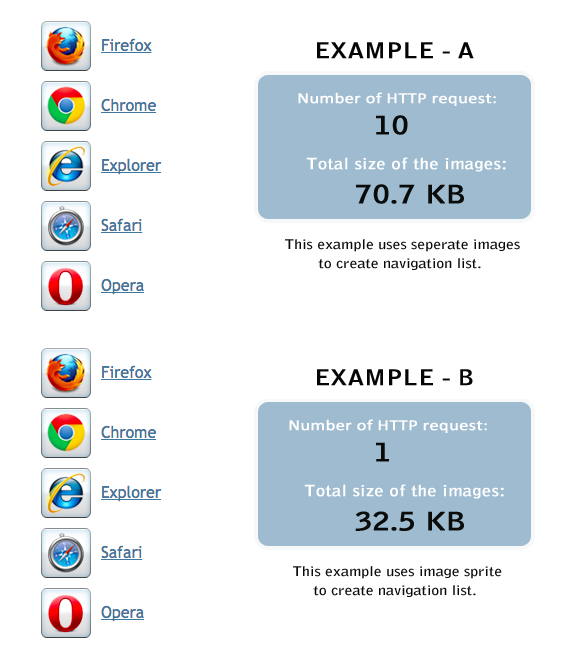

A protein's lifespan is measured in terms of its half-life and covers a wide range. Once formed, proteins only exist for a certain period and are then degraded and recycled by the cell's machinery through the process of protein turnover. Proteins can also work together to achieve a particular function, and they often associate to form stable protein complexes. Some proteins have non-peptide groups attached, which can be called prosthetic groups or cofactors. Shortly after or even during synthesis, the residues in a protein are often chemically modified by post-translational modification, which alters the physical and chemical properties, folding, stability, activity, and ultimately, the function of the proteins.
How to reduce page size in chrome code#
In general, the genetic code specifies 20 standard amino acids but in certain organisms the genetic code can include selenocysteine and-in certain archaea- pyrrolysine. The sequence of amino acid residues in a protein is defined by the sequence of a gene, which is encoded in the genetic code.

The individual amino acid residues are bonded together by peptide bonds and adjacent amino acid residues. Short polypeptides, containing less than 20–30 residues, are rarely considered to be proteins and are commonly called peptides, or sometimes oligopeptides. A protein contains at least one long polypeptide. Proteins differ from one another primarily in their sequence of amino acids, which is dictated by the nucleotide sequence of their genes, and which usually results in protein folding into a specific 3D structure that determines its activity.Ī linear chain of amino acid residues is called a polypeptide. Proteins perform a vast array of functions within organisms, including catalysing metabolic reactions, DNA replication, responding to stimuli, providing structure to cells and organisms, and transporting molecules from one location to another. Proteins are large biomolecules and macromolecules that comprise one or more long chains of amino acid residues. Toward the right-center among the coils, a prosthetic group called a heme group (shown in gray) with a bound oxygen molecule (red). This protein was the first to have its structure solved by X-ray crystallography. A representation of the 3D structure of the protein myoglobin showing turquoise α-helices.


 0 kommentar(er)
0 kommentar(er)
